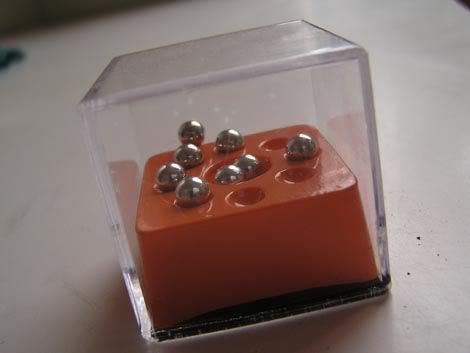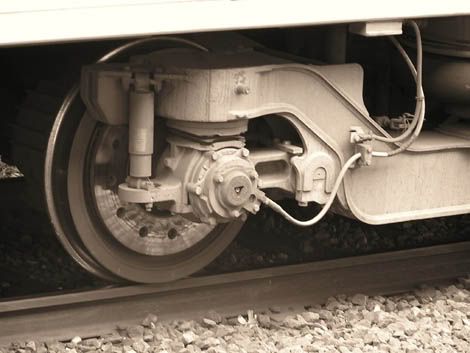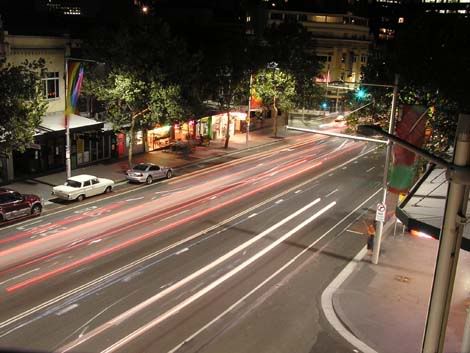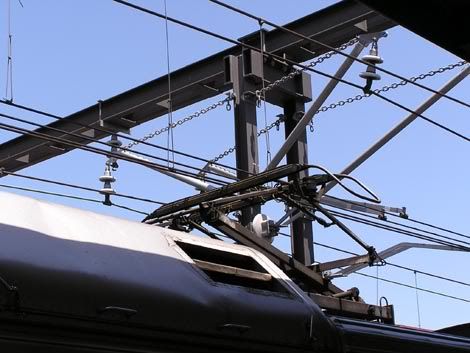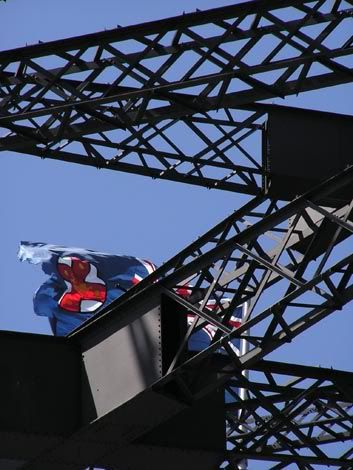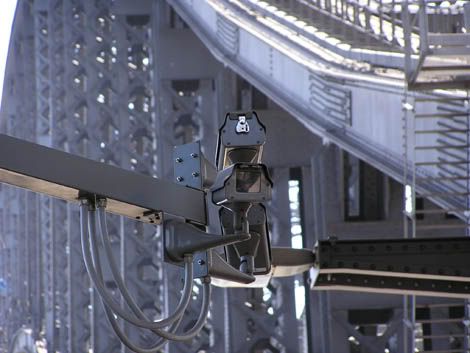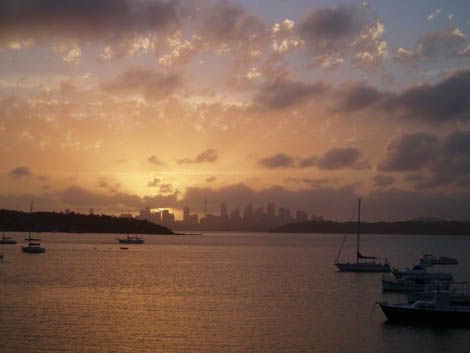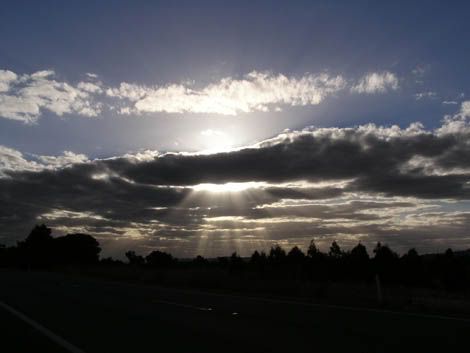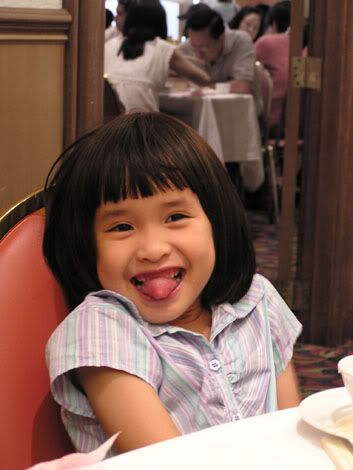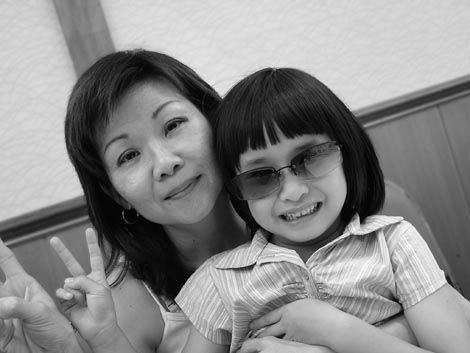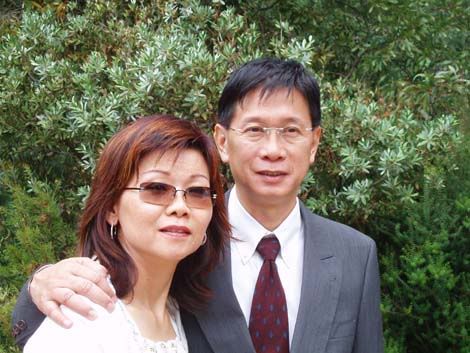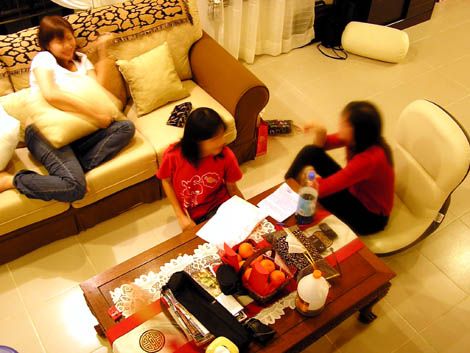Over dinner two nights ago with my family and my granduncle’s family, talk turned to cameras. It turns out that he used to shoot with the kind of cameras with a folding front and a collapsible cloth bag, from well before my (and probably our) time.
Yesterday at granduncle’s place, I asked him to show me his camera. He took a typical photography bag out, and unzipped it. And holy cow, it was a Nikon FM2!
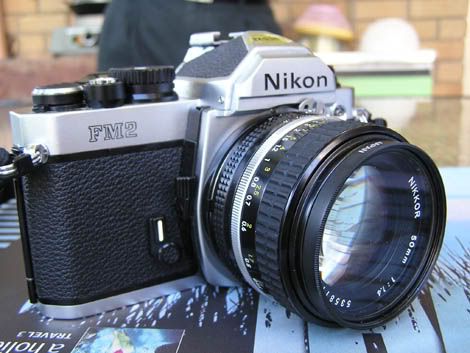
My reaction was initially greater as I thought it was the professional F series (as opposed to the mid-range FM). I had recently read an article about Nikon’s latest professional film camera, the F6, and thought this was the second generation professional Nikon SLR.
I fiddled with it for a while, before remembering to ask granduncle about the other camera, the older one. He fished a leather pouch from within a cupboard, and unveiled it. Viewing it for the first time, right in your hands, is like suddenly finding out your aunt has a Lotus Elise. Not a rare gem, but more like an uncommon jewel you never knew existed.
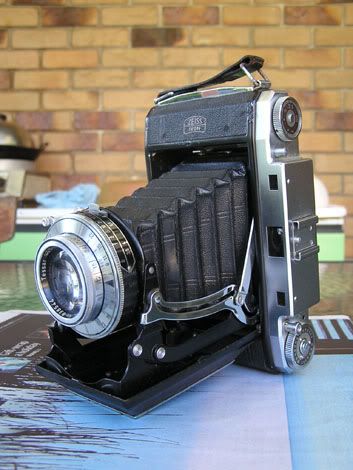
The next thing I did would not be entirely surprising.
I took a few photos of the cameras.

Uncle’s Olympus C-60 zoom, my Olympus iS-1000, granduncle’s Nikon FM2 (with 50mm prime lens) and Zeiss IkonIt turns out my granduncle has 50mm and 35mm prime lenses. No zoom, just fixed, precise optics. I was given a brief tour of the camera, and it was reasonably simple to use, contrary to my initial expectations.
A lever cocks the shutter spring, unlocks the shutter release button and advances the film, all in one pull. A ring around the lens adjusts the aperture, while another ring adjusts the focal length. A knob near the lever and shutter button sets the exposure time. That is the extent of the main controls- shutter speed, aperture, focal length and shutter release.
That night, I decided that I need to borrow the FM2 and shoot a reel of film, just to get a feel of it. It’s the same emotional drive that prompts me to ask people for a test drive of their cars, new and otherwise.
[Long winded portion relocated to end of entry]
To shoot with a fully manual camera does help give a very intuitive feel to the parameters of a camera. For me, it does help to click in the values on a knob, and to see the range and interval of the said parameters in one glance. On digital and newer consumer cameras, the adjustments are done by nudging an up/down button, and the value on a screen changes accordingly.
There was also the satisfaction of feeling the camera responding to inputs, of feeling the shutter speed control dial clicking into its notches, to perceive the shutter spring being cocked into place, and the film advancing by one frame as the lever is pulled around. And then, when the shutter button is depressed, the spring pinging back to unleash the shutter for as long as is preset. (By the way, this FM2 is the first commercially available camera to give shutter speeds of 1/4000 second)
Shooting with prime lenses (without zoom) was also good practice for my composition skills, since there is no zoom to assist in the composition.
I was at
Dreamworld while I was using this camera, and was heaving this heavy bag of camera, lenses and flash unit around. There was a particularly fascinating train around the inside of the theme park. It was a real steam engine, with hissing steam valves, wet, soppy steam pistons, heavy cranks and a large boiler. The driver had even invited me to the front of the train onto the track to get a better view of the mechanical parts while the train stopped at a station. I missed a close up of the hissing, steaming and dripping pistons because I was out of film. Crap crap crap crap.
The film being exhausted, it was time to rewind it and get a new reel. Strangely enough, the rewind crank felt particularly tight. So I exerted a bit of force, and it cranked a few cycles before loosening abruptly. Not a good sign. I consulted the user manual, only to find out that I was too late- I did not depress the rewind button at the bottom of the camera case.
Fark- probably broke the film’s sprocket holes, and I would not be able to rewind it and get a new reel.
When I got back, an uncle put the entire assembly in a specifically designed light-proof bag and opened the case. Turns out I had pulled the strip of film out of the canister. The loose film was then put into the film box (thank heavens Kodak uses a black tub). Thus I can conclude that the rewind button engages a (reverse) gear set to pull the strip of film backwards into the canister.
The dark bag in question is a multilayered plastic-fabric bag with several zips. Two soft gloves sewn onto the bag surface allow manipulation of the contents by feel. The gloves are similar to what one sees in fume chambers in biological research facilities, where the operator can work on objects with his hands while staying behind a glass pane.
It was great fun shooting with a manual SLR. If the photos come out good enough, it might well be time I acquired a second-hand manual SLR of my own. That, or I borrow the camera every time I go to Brisbane.
[start rambling (relocated from above)]
A tiny button cell powers the camera’s light meter, which shows up as +, - or 0 in the viewfinder. I was told the battery has been in there for years already. With this exposure aid, the aperture and shutter can be set accordingly.
Focus is helped by a split lens. If the object in the viewfinder is out of focus, the object does not line up along the split in the lens. When perfect focus is achieved, the split is not visible. Around the split lens is a strange microprism layout. Objects out of focus will show up as a smear on the microprism area, the fuzziness being much greater than the normal out-of-focus smear.

It is quite slow to get perfect focus compared to auto focus cameras, causing subjects, usually humans, to complain about tired faces as a result of prolonged smiling, usually jokingly.
After getting the perfect focal length, there is the exposure to sort out. 1/125 seconds of shutter is recommended, and the aperture adjusted from the lens. However, being unfamiliar with manual control, I sometimes find myself in areas too dark or too light when 1/125 is not sufficient, and have to reduce it to 1/30 or raise it to 1/2000.
In total, the subjects complained more.
However, these delays can be reduced significantly with some experience as my granduncle demonstrated.
[end rambling]
PhotographyPersonalLabels: photographic equipment













